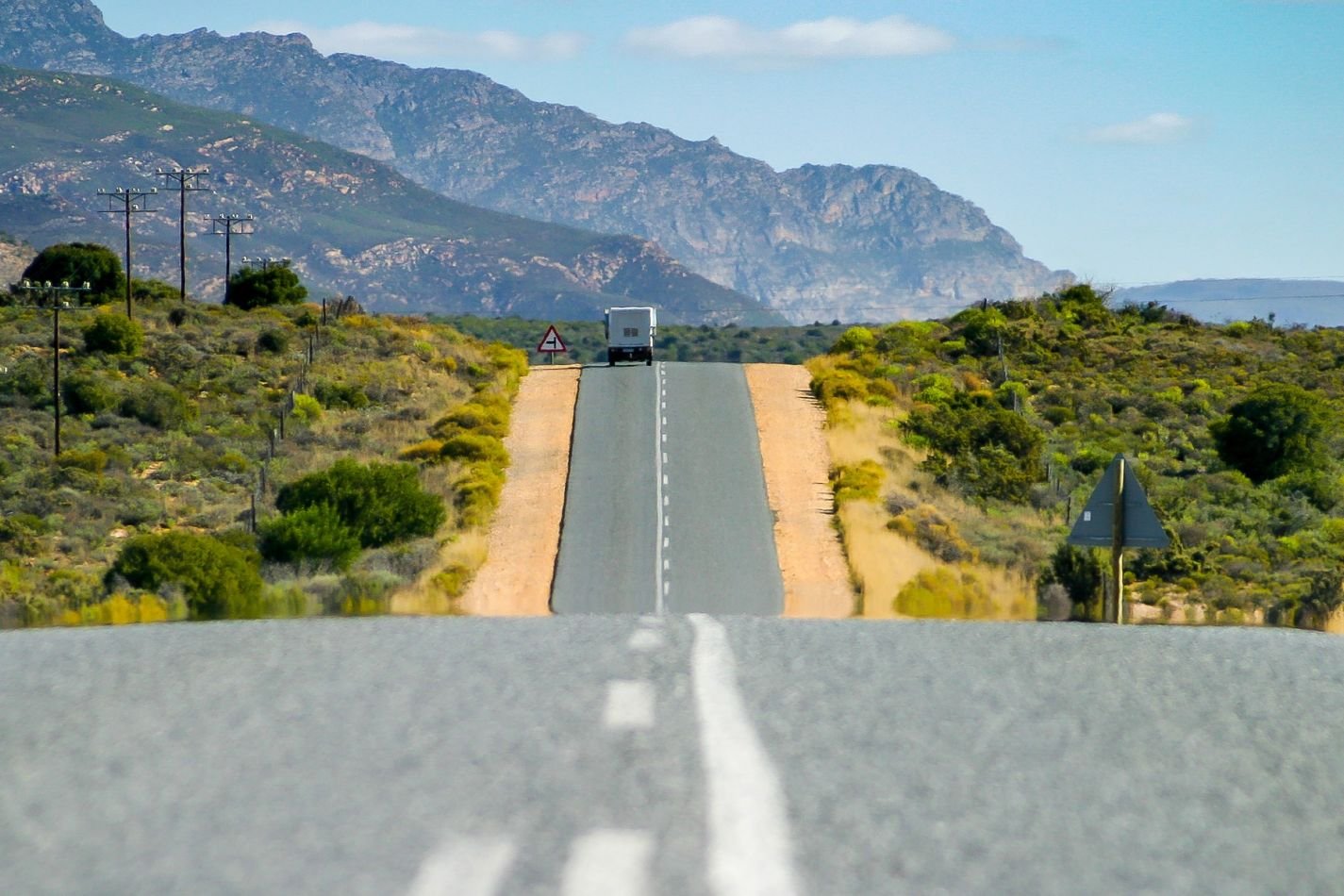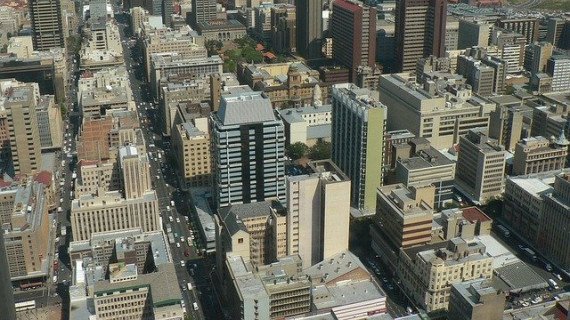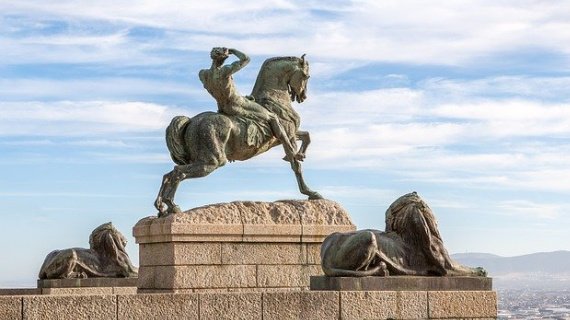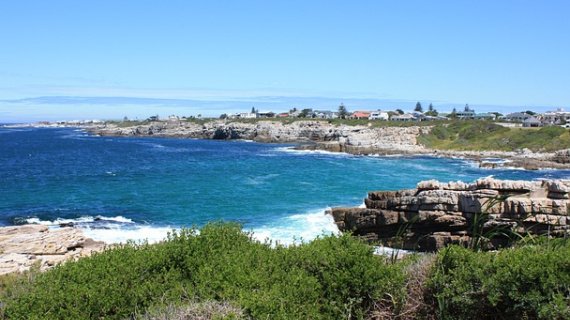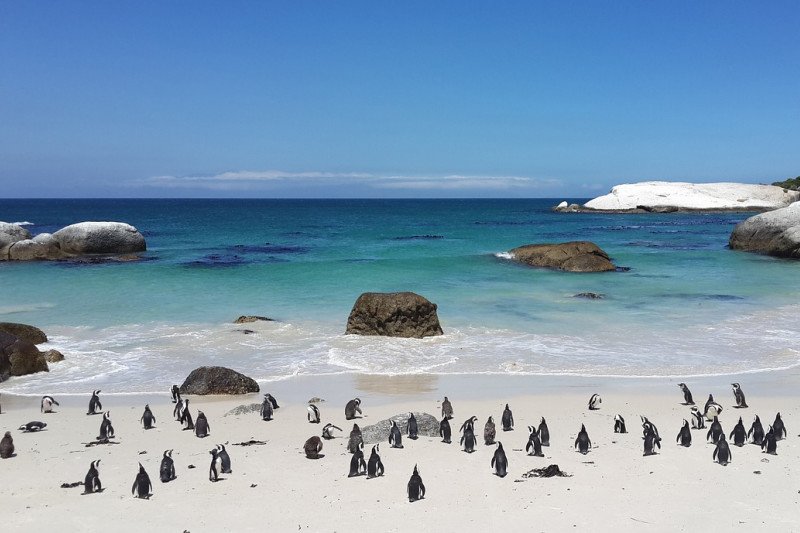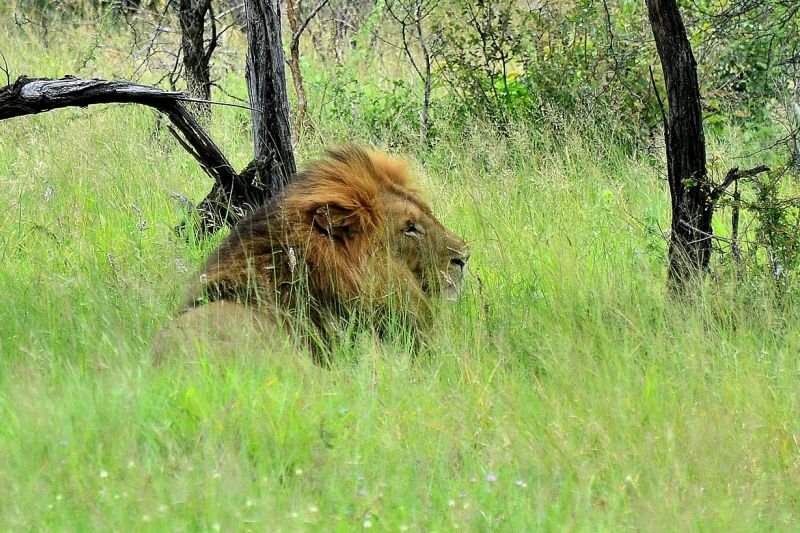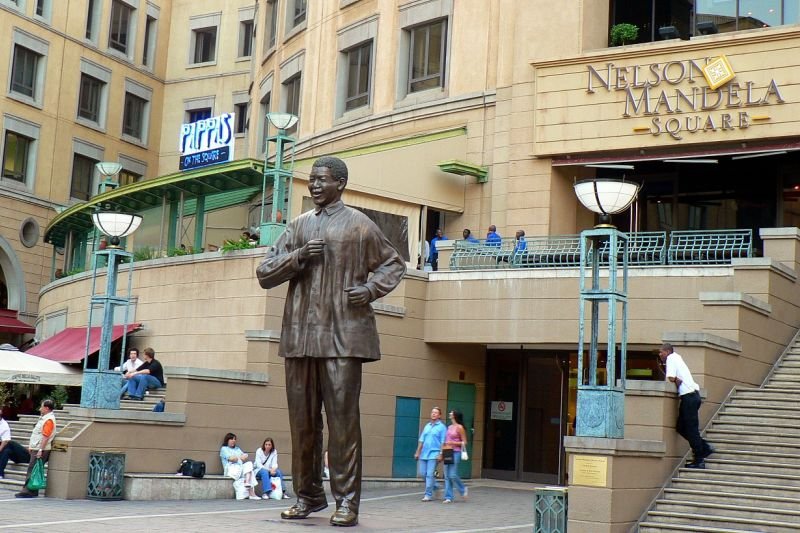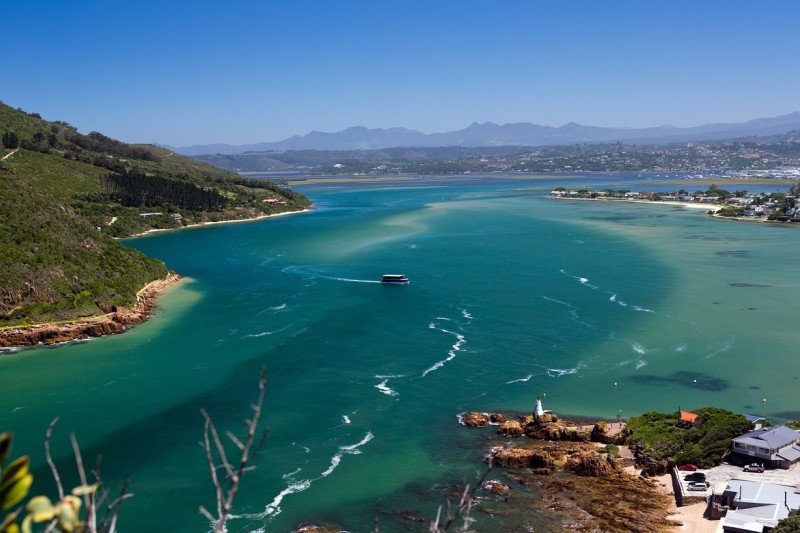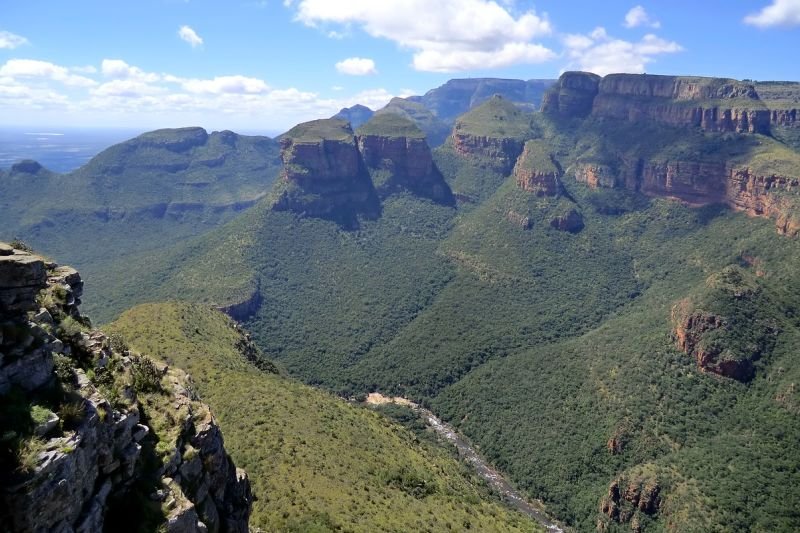Adventure
Are you a thrill seeker or looking to spice your life up a bit? Then South Africa is the place for you. Kite-surfing along the West Coast, shark-cage diving in Gansbaai, paragliding off of a mountain over a city, blokarting down by the beach, sea kayaking in Simon’s Town, hiking along the Otter Trail and ostrich riding in Oudtshoorn are sure to keep the most ardent adrenaline junkies entertained.
Wildlife safari
There’s no better place for this than South Africa, which offers the most exciting, memorable and exhilarating experience of your life – coming face to face with the Big Five. Coming this close to nature is a sense-tingling reminder of why we have always been inspired by the untouched wild. With world-renowned nature reserves and preservation areas in every province, there’s no shortage of places to explore.
Breathtaking scenery
Every day in scenic South Africa ends with a horizon to look out on…powdery beaches lapped by two oceans; star-studded desert skies; jagged, lush mountains – this truly is a country of astounding diversity. No matter which province you’re in, you’re always right around corner from something breathtaking…something that will leave you incapable of saying anything other than “wow”.
Experience marine life
Aptly described as “The Greatest Shoal on Earth”, the sardine run takes place every South African winter when millions of small silvery sardines surge from the cold Cape waters up to the warmer sanctuary of the KwaZulu-Natal coast. It’s a feeding frenzy for dolphins, sharks, seabirds and other marine life – making it a watching frenzy for people interesting in marine life. Also, every year, from late winter through to early summer, different breeds of whales migrate to mate and calve in sheltered bays off the Cape coast. One of the best places to see these majestic marine animals is from the coastal town of Hermanus.
Walk in the footsteps of the Mahatma
Mohandas Gandhi arrived in South Africa in 1893 as a young lawyer in his early 20s and left an emerging world leader in 1914, ready to take up the cudgels against British rule in India. There are many Gandhi-related attractions throughout the country, such as Constitution Hill in Johannesburg, where Gandhi was once imprisoned, and the Phoenix Settlement near Durban. The Indian government is working to upgrade several sites of significance, including the Pietermaritzburg Station where Gandhi was famously evicted from a train.
